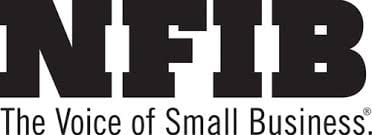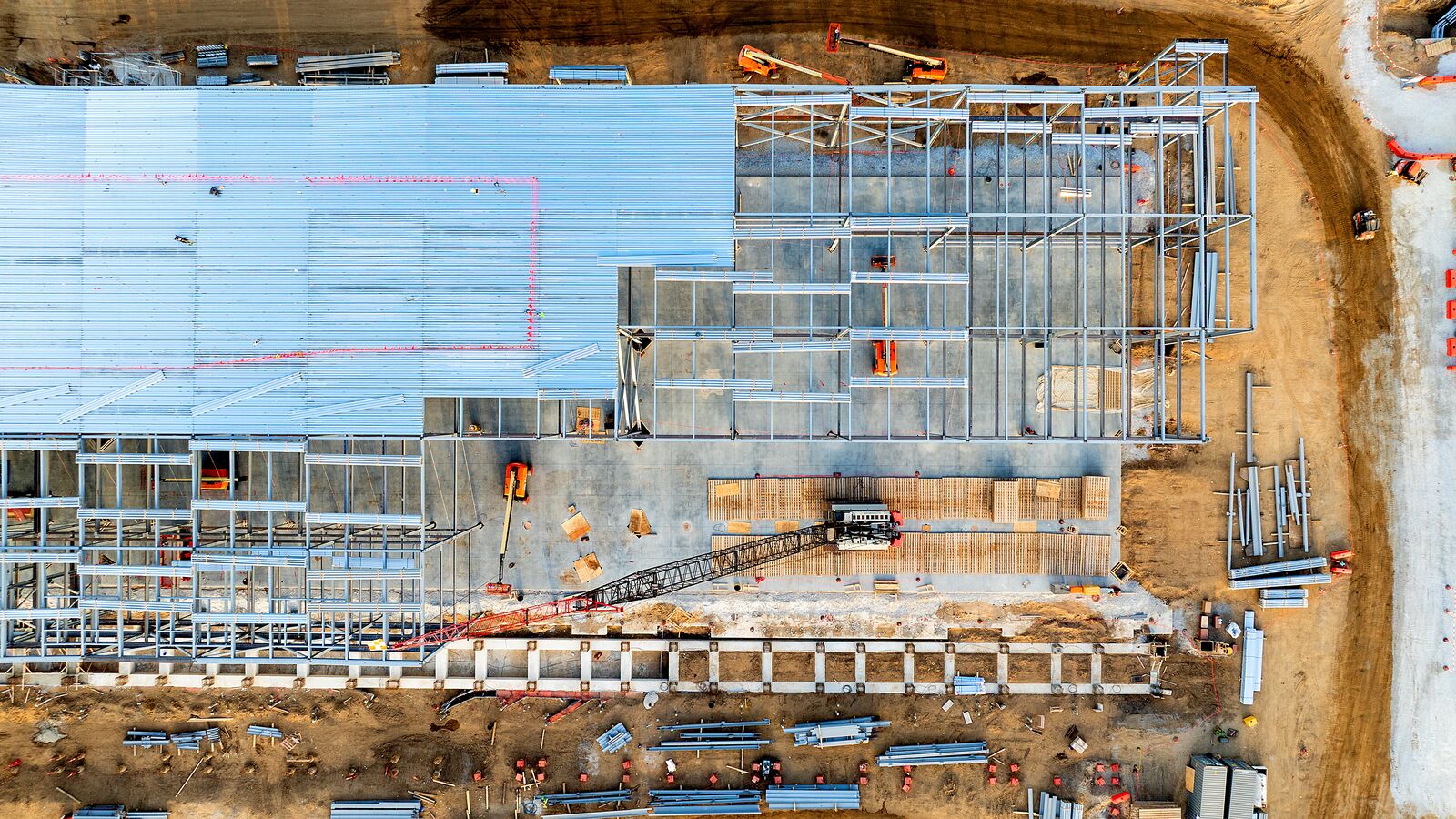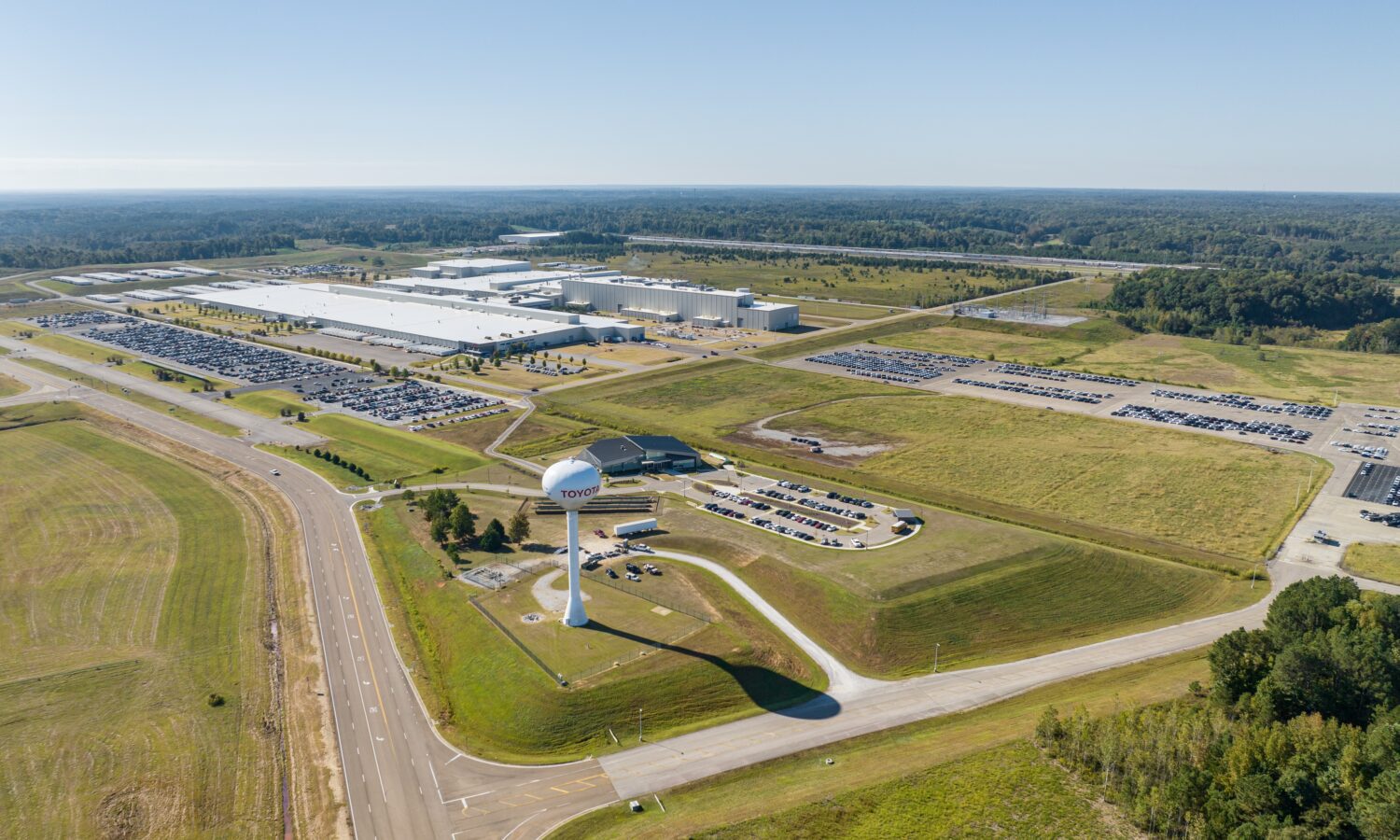
The NFIB Optimism Index rose 3.8 points to 104.0 in September, a historically high reading. Nine of the 10 Index components improved and one declined. The NFIB Uncertainty Index increased 2 points to 92, up from 75 in April.
“As parts of the country continue to open, small businesses are seeing some improvements in foot traffic and sales,” said NFIB Chief Economist Bill Dunkelberg. “However, some small businesses are still struggling financially to operate at full capacity while navigating state and local regulations and are uncertain about what will happen in the future.”
State-specific data isn’t available, but NFIB State Director Dawn Starns said, “Our members understand why they had to reduce capacity or close temporarily, but it has been a rough year for small business. Hopefully, the worst is behind us, and things will get back to normal sooner rather than later.”
Other key findings include:
- Earnings trends over the past 3 months improved 13 points to a net negative 12% reporting higher earnings.
- Owners expecting better business conditions over the next 6 months improved 8 points to a net 32%.
- Real sales expectations in the next 3 months increased 5 points to a net 8%.
- Inventory investment plans over the next 3 to 6 months increased by 5 points to a net 11%.
- The percent of owners thinking it’s a good time to expand increased 1 point to 13%.
Included in NFIB’s monthly jobs report, a net 23% (seasonally adjusted) of owners plan to create new jobs in the next 3 months, up 2 points from the August report and 22 points above April’s report. However, 36% (seasonally adjusted) of all owners reported job openings that they could not fill in the current period.
Fifty-three percent of owners reported capital outlays in the last 6 months, up 6 points from August. Of those making expenditures, 38% reported spending on new equipment (up 4 points), 23% acquired vehicles (up 2 points), and 16% improved or expanded facilities (down 4 points). Four percent acquired a new building or land for expansion (down 2 points) and 8% spent money on new fixtures and furniture (down 1 point).
A net negative 6% of all owners (seasonally adjusted) reported higher nominal sales in the past three months, an improvement of 9 points from August but still below pre-crisis levels. The net percent of owners expecting higher real sales volumes increased 5 points to a net 8% of owners.
The net percent of owners reporting inventory increases rose 2 points to a net negative 7%, showing that more firms are reporting falling inventories than seeing stocks building. The net percent of owners viewing current inventory stocks as “too low” rose 2 points to 5%. Owners planning to expand inventory holdings increased 5 points from August to a net 11%, the highest reading since November 2004.
The net percent of owners raising average selling prices rose 12 points to a net 13% (seasonally adjusted). Eleven percent of owners reported lower average selling prices and 23% reported higher average prices. Price hikes were the most frequent in wholesale (27% higher, 10% lower) and retail (27% higher, 7% lower). A net 17% (seasonally adjusted) plan price hikes.
A net 23% (seasonally adjusted) reported raising compensation, up 5 points from August. A net 16% of owners are planning to do so in the next three months. Nine percent of owners cited labor costs as their top business problem.
Twenty-one percent of owners cited “finding qualified labor” as their top business problem. Thirty percent in construction report finding qualified labor as their top issue and slowing new home production.
The frequency of reports of positive profit trends rose 13 points to a net negative 12% reporting quarter on quarter profit improvement. Among owners reporting weaker profits, 51% blamed weak sales, 9% cited lower prices, 6% cited usual seasonal change, and 5% cited labor costs. For owners reporting higher profits, 73% credited sales volumes and 12% cited usual seasonal change.
Two percent of employers reported that all their borrowing needs were not satisfied, down one point. Thirty-three percent reported that all credit needs were met (up 2 points) and 55% said they were not interested in a loan. A net 2% reported their last loan was harder to obtain than in previous attempts. One percent of owners reported that financing was their top business problem. The net percent of owners reporting paying a higher rate on their most recent loan was negative 10%. Twenty-six percent of owners reported borrowing on a regular basis.
Click here to view the NFIB Small Business Economic Trends Survey.
Press Release
10/14/2020









